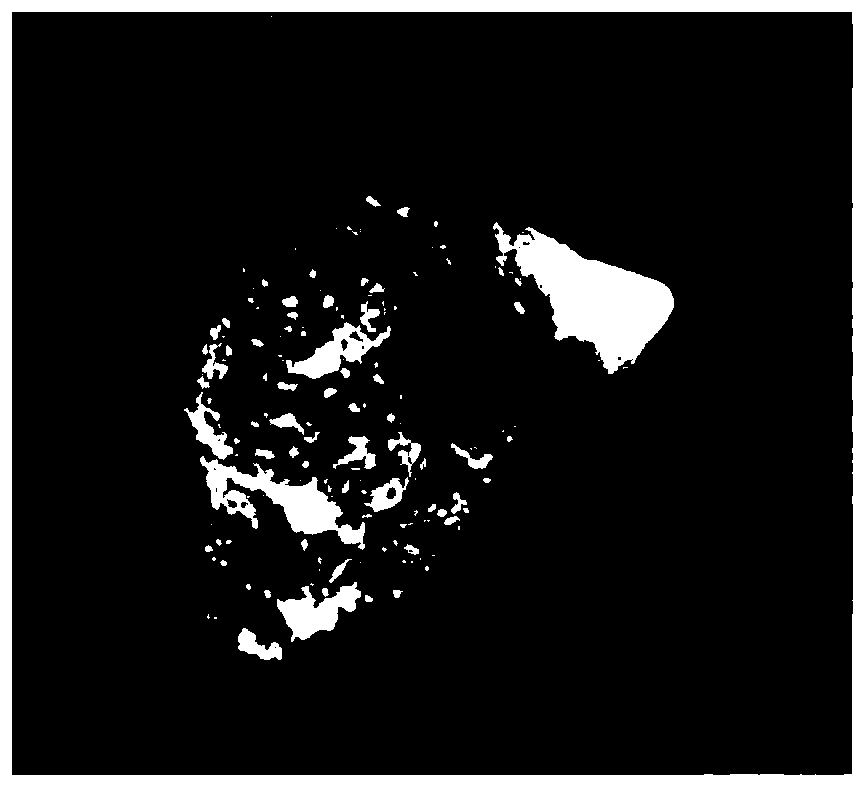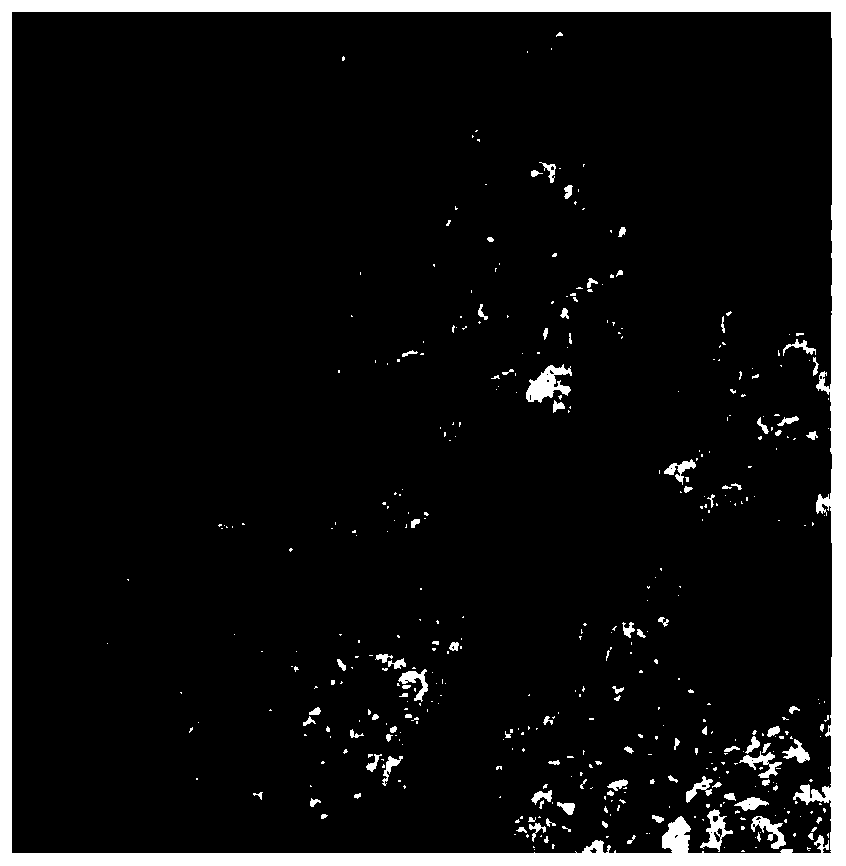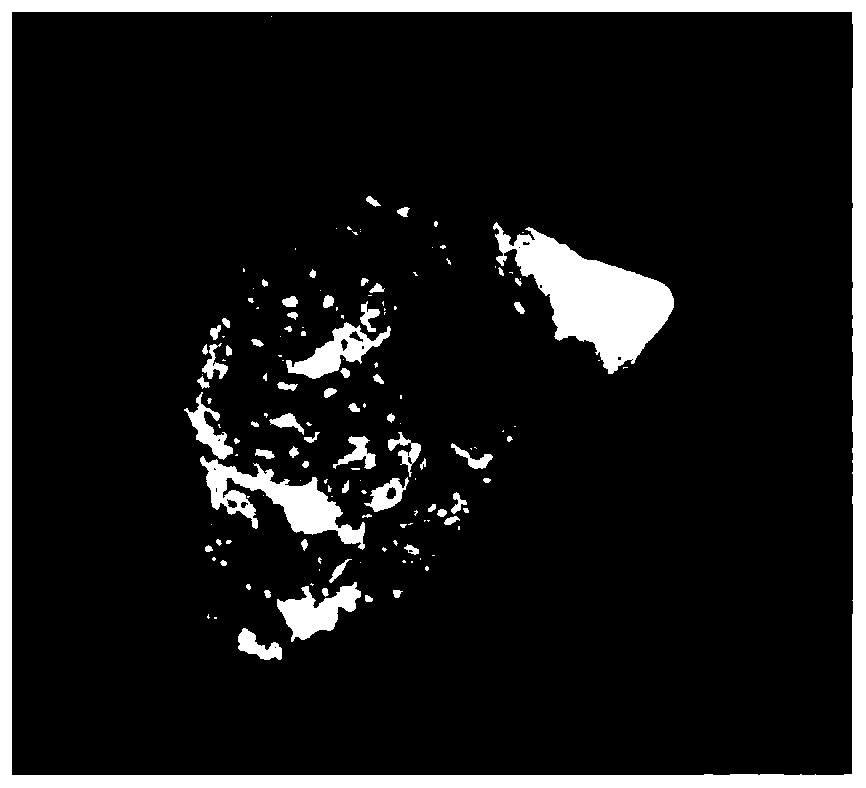Embryogenic calli induction and proliferation method of pinus elliottii engelm
A technology of embryogenic callus and slash pine, which is applied in the field of plant tissue culture, can solve the problems of high cost, difficulty in meeting production requirements, and low efficiency, and achieve the effects of increasing yield, simple steps, and short culture time
- Summary
- Abstract
- Description
- Claims
- Application Information
AI Technical Summary
Problems solved by technology
Method used
Image
Examples
Embodiment 1
[0025] A method for inducing and proliferating embryogenic callus of pine slats, comprising the following steps:
[0026] 1. Selection of Explants
[0027] At the end of June, natural pollinated immature cones were taken from the pine trees in the seed orchard of the Xiajiang Forest Tree Improved Seed Farm in Ji'an City, with good growth and no pests and diseases. They were stored in an ice box on the day of collection and brought back to the laboratory refrigerator at 4°C. save. Before use, rinse the cones with water to remove impurities such as stains on the cones, absorb the water with filter paper, and then perform the following steps on a sterile operating table: after immersing the cones in 75% alcohol for 5 minutes, rinse them once with sterile water, Soak in 0.1% mercuric solution for 10 minutes, take out and rinse with sterile water 3-4 times with filter paper to absorb water, then peel off the immature seeds, gently remove the outer epidermis of the seeds with a sca...
Embodiment 2
[0041] Example 2: The effect of different basic media on the induction of embryogenic callus from immature embryos of pine pine
[0042] According to the operation method of Example 1, the explants were inoculated on different basic mediums to induce proliferation, and the results of the induction of embryogenic callus of pine slats by the basic medium DCR, WPM, MS, B5 and 1 / 2MS were tested. As shown in table 2.
[0043] Table 2 shows: in DCR medium, the induction rate of embryogenic callus induced by immature seeds of slash pine is the highest, reaching 30.65%; followed by WPM, MS and B5 medium, the induction rate of embryogenic callus is 25.40% and 14.29%, respectively. %, 7.14%; while the induction rate was the lowest in 1 / 2MS medium, and the induction rate was 0. From the test results, we believe that the minimal medium is essential for inducing embryogenic callus differentiation of immature seeds. Comparing the five basic media, it was found that the induction culture o...
Embodiment 3
[0046] Example 3: Effects of Different Hormones on Induction Efficiency of Embryogenic Callus from Immature Seeds of Pine
[0047] In the same DCR basic culture and adding sucrose 30g / L, carrageenan 7g / L, L-glutamine 300mg / L, hydrolyzed casein 500mg / L, inositol 1g / L, 2-(N-morpholine)ethanesulfonate Under the condition of acid monohydrate 250mg / L, the comparison of different hormones and their combinations on the induction of embryogenic callus from immature embryos of sambar pine was tested. The results are shown in Table 3.
[0048] Table 3 shows that no embryogenic callus was induced in the medium without any hormones; only 2,4-D was induced in the medium with single addition of hormones 6-BA, KT, TDZ and 2,4-D Embryogenic callus formation. When 2,4-D was used in combination with 6-BA and KT, the induction rate of embryogenic callus was significantly higher than that when each hormone was used alone. The combination of 2,4-D and KT was significantly better than the combinat...
PUM
 Login to View More
Login to View More Abstract
Description
Claims
Application Information
 Login to View More
Login to View More - R&D
- Intellectual Property
- Life Sciences
- Materials
- Tech Scout
- Unparalleled Data Quality
- Higher Quality Content
- 60% Fewer Hallucinations
Browse by: Latest US Patents, China's latest patents, Technical Efficacy Thesaurus, Application Domain, Technology Topic, Popular Technical Reports.
© 2025 PatSnap. All rights reserved.Legal|Privacy policy|Modern Slavery Act Transparency Statement|Sitemap|About US| Contact US: help@patsnap.com



